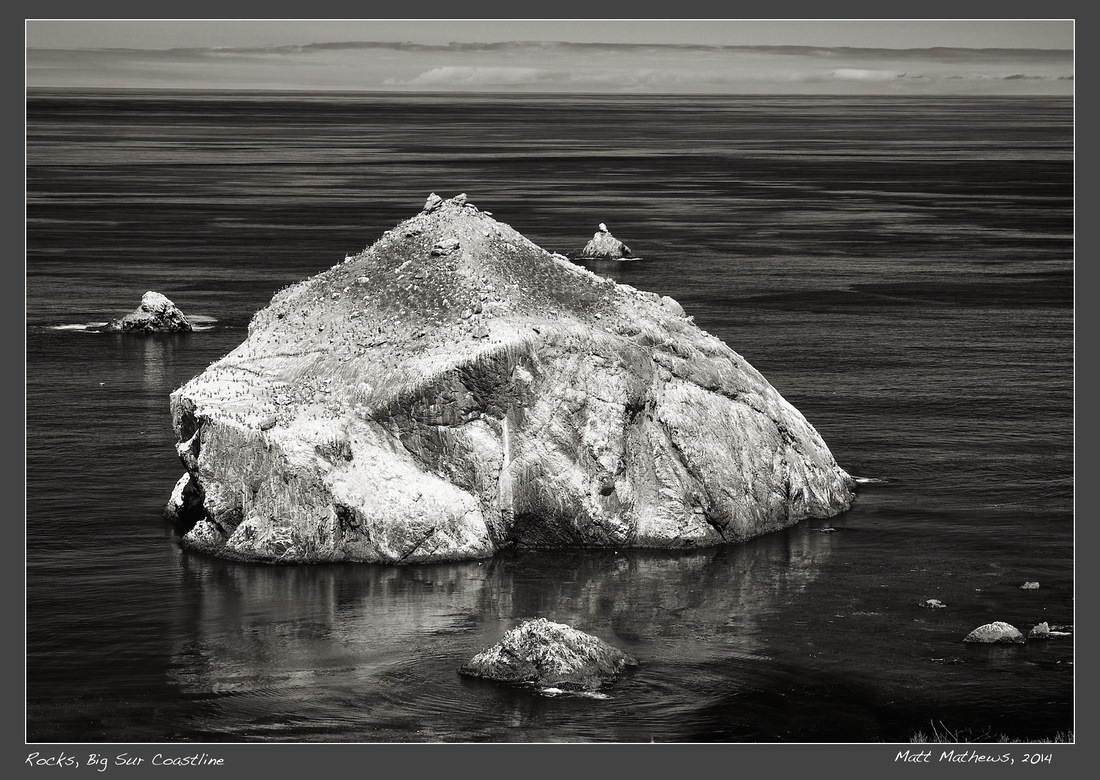For the Healing of the Nations
Amidst the Great Depression and rise of fascism in the 1930s, the French social documentary photographer, Henri Cartier-Bresson criticized Ansel Adams for neglecting to photograph the social crises of the day. "The world," he said, "is going to pieces, and Adams...[is] photographing rocks and trees."*
Cartier-Bresson was right about the world in the second quarter of the twentieth century. It was coming unraveled. The United States was in the depths of the Great Depression and staggering rates of unemployment, long soup lines, and widespread homelessness seemed overwhelming. Even the land was in exile, with its fertile topsoil carried off by the winds of the Dust Bowl. For many, the American dream seemed a lie, and it lost its mythic power over their imaginations.
Fascism was on the rise in Germany, Italy, and Japan, and a second world war seemed merely a matter of time. The Ku Klux Klan was at its height in the United States, and with it came unparalleled numbers of brutal lynchings and institutionalized racial violence. A good bit of Cartier-Bresson's own groundbreaking social documentary photography would depict this world governed by fear, violence, scarcity, social dislocation, and racial animus.
If Cartier-Bresson was right about the world, he was wrong about Adams. Adams was not insensitive to the social realities unfolding around him. He felt them keenly. But he kept on photographing rocks. "We need a little earth to stand on," Adams said, "and feel run through our fingers."* Adams knew that there was a deeper reality beneath the fears and immediate crises of the day, a deeper beauty resident in the natural world, and that contact with it was essential to human flourishing, essential to what the wild-eyed apocalypticist called "the healing of the nations."** Tempting as it was to turn his camera in service of social and political movements of the day, Adams kept it trained upon rocks, trees, lakes, and snowstorms because he knew that there was a healing power in natural beauty, a power that connected us with primordial goodness, hope, and receptivity to the mystery and giftedness of all things. To experience such beauty was to feel in one's gut the cosmic benevolent goodness disposed toward life, justice, and the harmonious existence of all beings.
Without the healing balm of beauty, the energy of social activism would flash bright but emit no heat. Or worse, it would get fused with the bitterness and blind self-righteousness that often imperil zealous do-gooders. To neglect this beauty was to neglect the ontological grounding of all being, even if this neglect clothed itself attractively in the immediate gratification that can come from social activism and art for a political cause. Adams knew that ethics needs metaphysics; that the pursuit of the True and the Good must always also be the pursuit of the Beautiful at the same time.
Adams's was not a call to an aesthetic escapism but rather to groundedness, to the cultivation of the soul, and to a connectedness with natural beauty that issues in life, joy, and gratitude. These experiences leave less room for the chronic anger, bitterness, and cynicism that threaten to engulf us in an age of violence, fear, and racism.
In our contemporary world so similar to the one described by Cartier-Bresson, we would do well to pause and linger with Adams's insight. His was not a call to quietism. He did, after all, photograph the Manzanar Internment Camp and the Japanese American citizens imprisoned there by racist fear masquerading as national security, and he released those photos into the public domain to express his moral outrage and elicit it from Americans. He was also a key figure in advancing the cause of early environmentalism, writing thousands of letters to politicians and editors of newspapers. But in the end, for Adams, the social world was grounded in the natural world, and we fail to see this at our spiritual peril.
Social activists, the victims of injustice and violence, and the morally indifferent must all look at the rocks from time to time. Out of the depths of their mysterious beauty might come the transforming grace that will rescue all of us from self-righteousness and alienation. Out of the rocks may come "the healing of the nations."
____________________
*Quoted in "Ansel Adams: A Documentary Film". Produced by Ric Burns in conjunction with PBS's American Experience Series. Transcript available at http://www.pbs.org/wgbh/amex/ansel/filmmore/pt.html.
**Revelation 22:2
Comments
|
January
February
March
April
May
June
July
August
(4)
September (4)
(6)
October (6)
(4)
November (4)
(2)
December (2)
|
(2)
January (2)
(1)
February (1)
March
April
(1)
May (1)
June
(1)
July (1)
August
September
(1)
October (1)
(1)
November (1)
(1)
December (1)
|
January
February
(3)
March (3)
April
May
(1)
June (1)
(4)
July (4)
(2)
August (2)
September
October
November
December
|
January
(1)
February (1)
(2)
March (2)
April
May
(1)
June (1)
July
(1)
August (1)
September
(1)
October (1)
November
December
|
January
February
March
April
May
June
July
August
September
October
November
December
|
January
February
March
(1)
April (1)
May
June
July
August
September
(1)
October (1)
November
December
|
January
February
March
April
May
June
July
August
September
October
November
December
|
January
February
March
April
May
June
July
August
September
October
November
December
|
January
February
March
April
May
June
July
August
September
October
November
December
|
January
February
March
April
May
June
July
August
September
October
November
December
|
January
February
March
April
May
June
July
August
September
October
November
December
|

